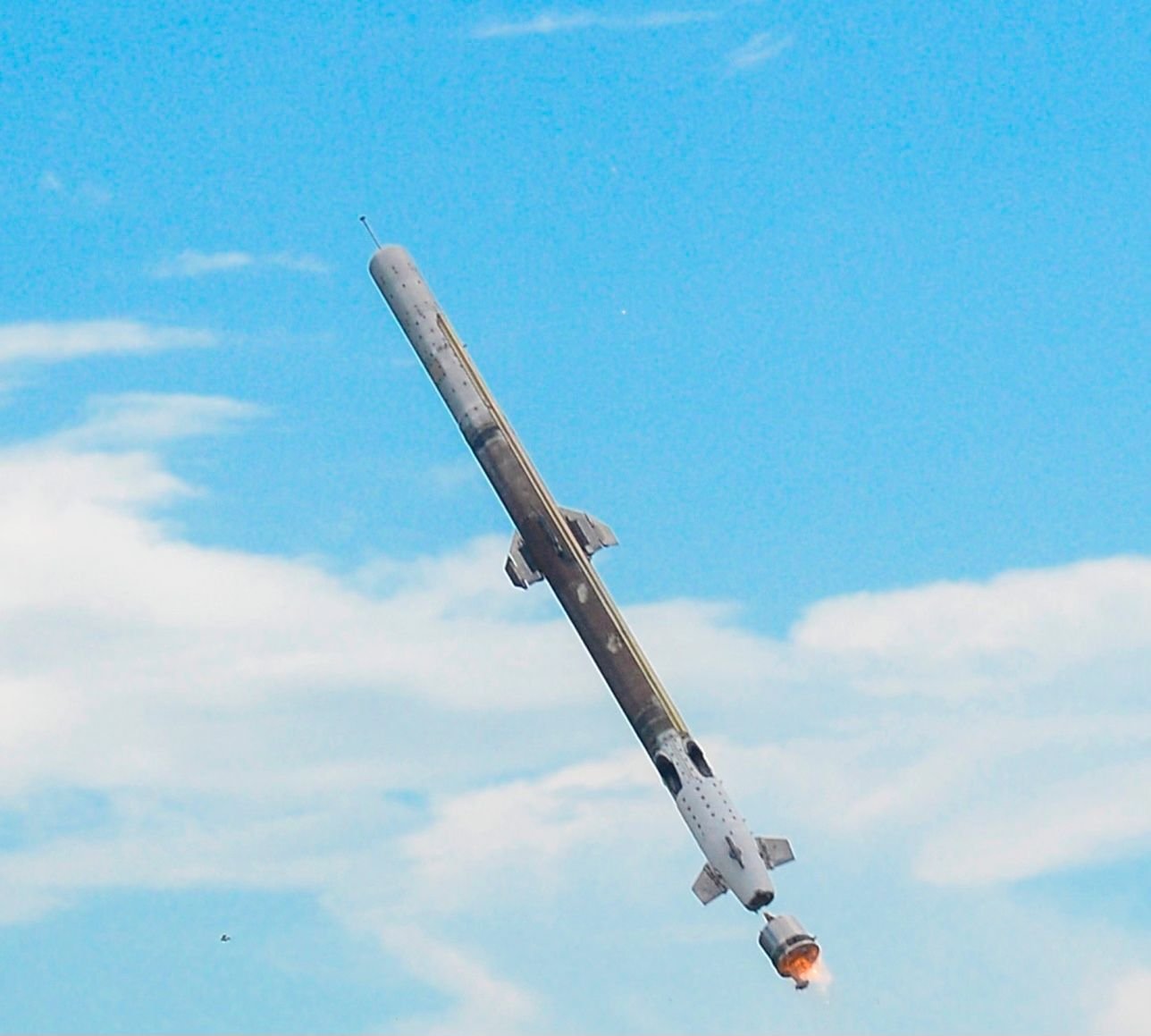The Indo-Russian joint venture BrahMos Aerospace is expecting a new export deal soon. After the Philippines opted for the BrahMos supersonic cruise missile, many Southeast Asian countries, especially Indonesia and Vietnam, expressed interest in buying the missile to counter China’s rise.
BrahMos’ new director general, Jaiteerth Joshi, has said that the firm is expecting a new export order soon.
“There are many countries that have evinced a strong interest in buying BrahMos. We are advancing our negotiations with all the interested parties and are quite hopeful of signing our next export order soon,” he said. The portfolio of orders of the Indian-Russian producer of supersonic missiles BrahMos has reached $7 billion.
Earlier in 2024, Managing Co-Director of BrahMos Aerospace Alexander Maksichev was quoted by the Russian agency TASS saying that Indonesia, Vietnam, and the United Arab Emirates have expressed interest in the missile.
The Indo-Russian missiles have already been deployed in the South China Sea after India delivered the first batch of BrahMos to the Philipines. The delivery has come at a time when Beijing has been upping the ante against Manila, and its acts of aggression have turned the South China Sea into a tinderbox waiting to explode into a conflict.
India has also been pushing its weapon systems to the Southeast Asian countries to help them against the expansionist designs of China. India is working through the Line of Credit (LoC) method to help the Southeast Asian countries to bolster their defenses.
The BrahMos delivery to the Philippines is seen as the first step towards purchasing more military hardware from India. It also signifies New Delhi’s overcoming of its reticence to become a “big player” in the South China Sea.
A high-level Indonesian delegation led by Maj. Gen. Yunianto from the National Resilience Institute of Indonesia visited BrahMos Aerospace in September to discuss potential military cooperation. Indonesia, which has been modernizing its military, is particularly interested in the air-launched version of the BrahMos missile. Indonesia already operates Russian Su-27 fighters and Kilo-class submarines.

BrahMos is a joint venture between India and Russia. However, the sale of these missiles to third parties requires the unanimous approval of both nations.
India possesses a larger share of 50.5% in BrahMos Aerospace Private Ltd., while Russia holds 49.5%, seemingly implying that Moscow is a junior financial partner in the joint venture. However, it is the big brother regarding BrahMos’ technological partnership and wields a veto over potential buyers.
The BrahMos dubbed the Indian ‘Brahmastra’ or celestial weapon, is part of India’s Nuclear triad, which allows the country to strike back after being hit by a nuclear weapon. It is the world’s fastest supersonic cruise missile, and it can be launched from submarines, ships, aircraft, or land platforms.
It cruises at three times the speed of sound, making it difficult for the enemy to bring it down. One of its special features is its ability to fly extremely close to the ground to avoid missile defense systems. In fact, during the terminal phase, the missile can fly as low as 10 meters to the ground.
The air-breathing BrahMos has become the “prime conventional strike weapon” for the Indian Armed forces. The Indian Army has deployed the land version of the missiles in Ladakh and Arunachal Pradesh along its border with China.
Ten Indian Navy warships have been armed, and five other vessels are fitted with vertical launch systems. The IAF has modified 40 of its Sukhois to deliver an air version of BrahMos, and the state-owned Hindustan Aeronautics Ltd (HAL) aircraft maker will incrementally modify all of them.
Over the years, BrahMos has undergone multiple upgrades through better software and hardware changes that have enhanced its range. BrahMos Aerospace is also in the process of developing other versions of its missile besides developing a hypersonic missile that would have a speed of Mach 8 and a possible range of 800 km.
In early 2024, the Indian Navy test-fired its extended-range land-attack BrahMos supersonic cruise missile.
BrahMos NG (Next Generation)
Another version of the missile, BrahMos NG, is also being developed to integrate with lighter fighter jets, such as Russian-built MiG-29s, French-made Mirage 2000s, and even India’s indigenous LCA Tejas.
The firm plans to launch a new enterprise in Lucknow, Uttar Pradesh State, 500 kilometers east of New Delhi, in late 2025—early 2026 to manufacture BrahMos NG.

BrahMos Aerospace has completed the design of the latest BrahMos NG airborne supersonic missile and began its development.
“The project is progressing smoothly. The design blueprint for the new missile has been finalized, and we are now moving towards the development phase. The first prototype would be fielded for integration on the Su-30MKI air combat platform. After all the development and integration-related work is over, we will then proceed toward the trial phase. All these tasks may take 2 – 3 years,” BrahMos Director General Joshi said.
The BrahMos NG has been envisioned as a smaller, lighter, yet smarter weapon system with more versatility, lethality, flexibility, and ultra-precision for deployment onboard a wide range of military platforms, both aerial and naval.
“Construction of this new state-of-the-art manufacturing facility is going on and we are hopeful to start operations in a phase-wise manner by 2025-end or early 2026. Full-fledged operations, however, may take some time as we have to ensure that a secure, strong, full-proof system with all modern amenities is in place for seamless production and all related work. Once fully operational, this facility would roll out existing BrahMos systems before producing the BrahMos-NG weapon variant in the future,” DG Joshi added.







